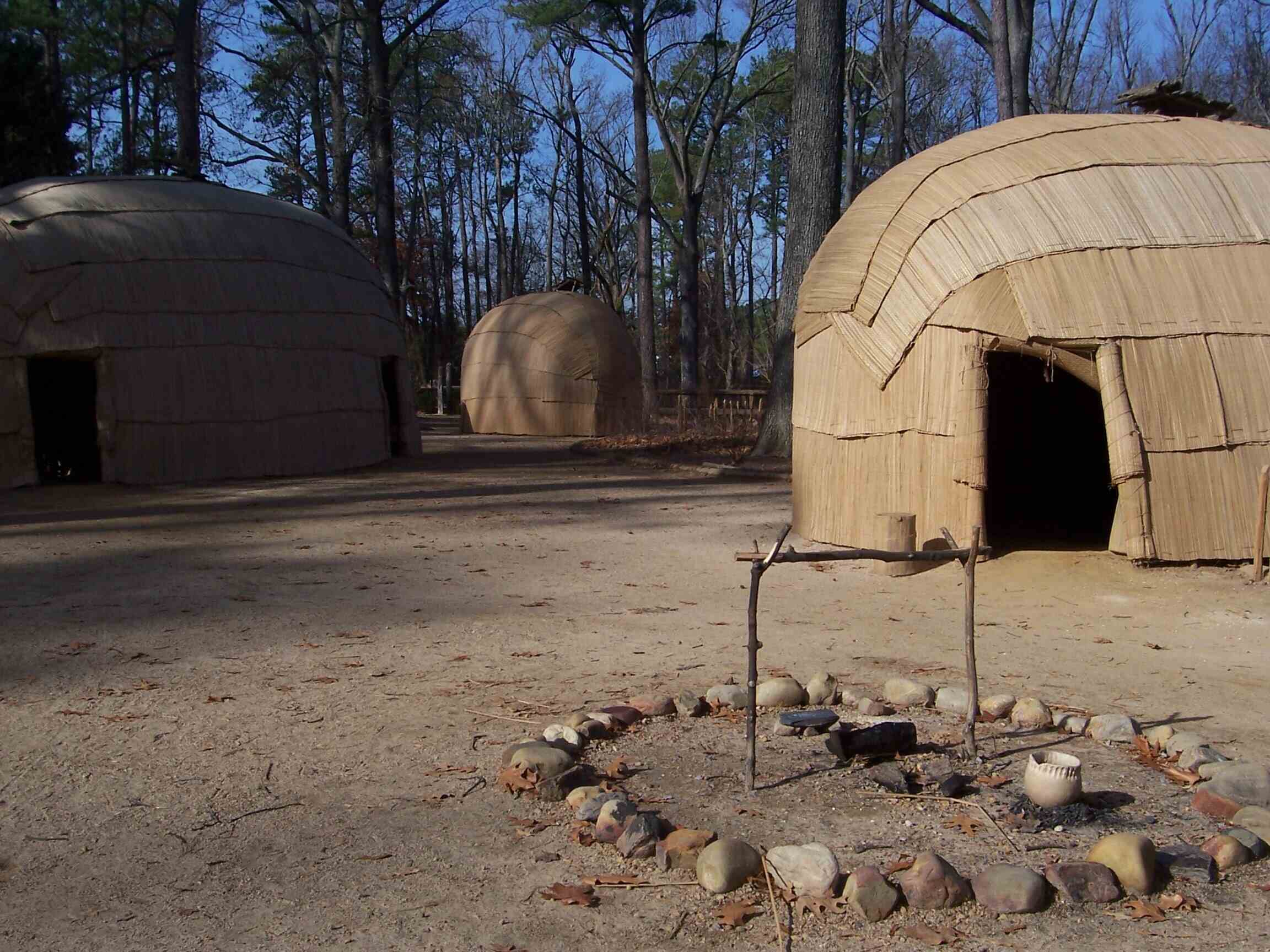Hidden Colonial Trading Posts Of Virginia’s Jamestown Settlement

Have you ever wondered about the hidden colonial trading posts of Virginia's Jamestown Settlement? This historic site, founded in 1607, holds many secrets beyond its well-known stories. While most visitors focus on the famous fort and Pocahontas, there are lesser-known spots that played crucial roles in early American trade. These trading posts were bustling hubs where settlers and Native Americans exchanged goods, ideas, and cultures. Exploring these hidden gems offers a deeper understanding of the challenges and triumphs faced by early colonists. Ready to uncover the untold stories of Jamestown's trading posts? Let's dive in!
Hidden Colonial Trading Posts of Virginia's Jamestown Settlement
Jamestown, Virginia, holds a treasure trove of history. Beyond the well-known stories, hidden trading posts played a crucial role in shaping the colony. These spots, often overlooked, were bustling centers of commerce and interaction. Let's uncover these hidden gems.
1. Glasshouse Point
Nestled near the James River, Glasshouse Point was a hub for glassmaking. Colonists produced glass beads and other items, trading them with Native Americans. The remnants of the glass furnaces still whisper tales of early colonial industry.
2. Wolstenholme Towne
Located on the banks of the James River, Wolstenholme Towne was a bustling trading post. It served as a key point for exchanging goods with the Powhatan Confederacy. The town's strategic location made it a vital link in the colonial trade network.
3. Martin's Hundred
Martin's Hundred, a plantation and trading post, was established by the Virginia Company. It became a significant site for trading with Native Americans. The archaeological finds here reveal a rich history of interaction and exchange.
4. Henricus
Henricus, founded in 1611, was a thriving settlement and trading post. It played a crucial role in the tobacco trade, which was the colony's lifeblood. The site's reconstruction offers a glimpse into the bustling activity of the past.
5. Flowerdew Hundred
Flowerdew Hundred, a plantation and trading post, was established in 1618. It became a key site for trading tobacco and other goods. The site's archaeological finds include artifacts that tell the story of early colonial life.
6. Fort Algernon
Fort Algernon, located at Point Comfort, was a strategic military and trading post. It served as a key point for trading with Native Americans and other colonies. The fort's history is a testament to the colony's military and economic strategies.
7. Kecoughtan
Kecoughtan, originally a Native American village, became a significant trading post for the English. It was a key site for exchanging goods with the Powhatan Confederacy. The village's transformation into a trading hub is a fascinating chapter in colonial history.
8. Fort Henry
Fort Henry, established in 1646, was a strategic trading post on the Appomattox River. It served as a key point for trading with Native Americans and other colonies. The fort's history reflects the colony's expansion and economic ambitions.
9. Fort Charles
Fort Charles, located on the York River, was a vital trading post. It played a crucial role in the fur trade with Native Americans. The fort's strategic location made it a key player in the colony's economic network.
10. Fort James
Fort James, established in 1607, was the first permanent English settlement in America. It served as a key trading post with Native Americans. The fort's history is a testament to the colony's early struggles and triumphs.
11. Fort Pocahontas
Fort Pocahontas, located on the Chickahominy River, was a strategic trading post. It served as a key point for trading with Native Americans. The fort's history reflects the colony's efforts to establish a stable economic base.
12. Fort George
Fort George, established in 1620, was a significant trading post on the York River. It played a crucial role in the colony's trade network. The fort's history is a testament to the colony's economic ambitions and strategic planning.
13. Fort Henry
Fort Henry, located on the Appomattox River, was a vital trading post. It served as a key point for trading with Native Americans and other colonies. The fort's history reflects the colony's expansion and economic ambitions.
14. Fort Charles
Fort Charles, established on the York River, was a key trading post. It played a crucial role in the fur trade with Native Americans. The fort's strategic location made it a key player in the colony's economic network.
15. Fort James
Fort James, the first permanent English settlement in America, was a key trading post. It served as a crucial point for trading with Native Americans. The fort's history is a testament to the colony's early struggles and triumphs.
Discovering Jamestown's Hidden Gems
Jamestown's hidden colonial trading posts offer a unique glimpse into early American history. These sites reveal stories of trade, survival, and cultural exchange between settlers and Native Americans. Walking through these historic locations, you can almost feel the bustling activity that once defined this area. From the remnants of old warehouses to the artifacts unearthed by archaeologists, each piece adds to the rich tapestry of Jamestown's past.
Visiting these hidden gems provides a deeper understanding of the challenges and triumphs faced by the early settlers. It's a chance to connect with history in a tangible way, making it more than just dates and names in a textbook. Whether you're a history buff or just curious, exploring these trading posts is a rewarding experience. So next time you're in Virginia, take a detour to Jamestown and uncover the secrets of its colonial past.

